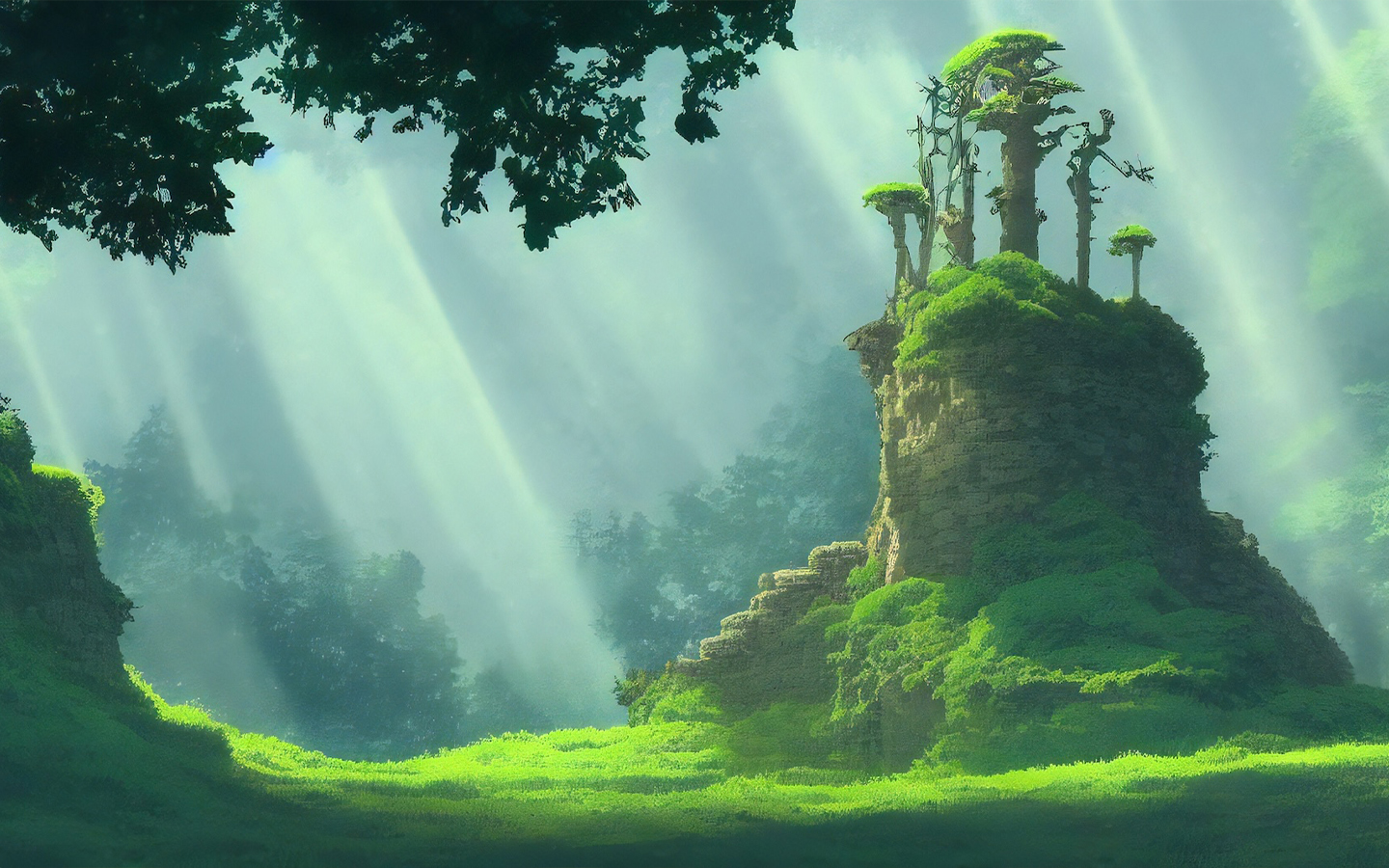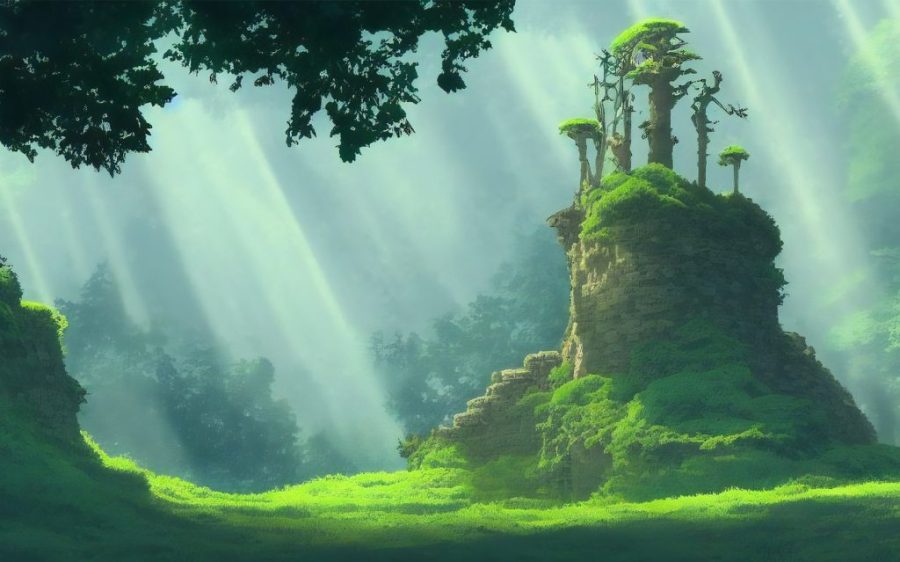Considered to be the Walt Disney of Japan, 82-year-old Hayao Miyazaki is nothing short of a legend. In a career spanning six decades, the famed filmmaker, along with his collaborators at Studio Ghibli, have been mesmerising children and adults alike with meticulously hand-drawn animated films that can make one smile at one moment and cry the next. Characters such as Totoro, No-Face and Kiki are as recognisable to many people as any of Disney’s creations.
Despite announcing numerous times that he was permanently retiring from animation, Miyazaki shows no signs of slowing down any time soon. In fact, his latest film, The Boy and The Heron (2023) is set for release in Macao on 14 December.
[See more: A guide to Chow Yun-fat and Tony Leung movie locations in Macao]
In order to mark the occasion, Emperor Cinemas at Lisboeta Macau will be holding a Miyazaki Animation Fest with limited screenings of ten classic Studio Ghibli films from 24 November to 3 December. During this period, you’ll be able to catch Ponyo on a Cliff (2008), The Wind Rises (2013) and eight other gems on the big screen, and receive a free memorabilia card along with your ticket.
Of course, the Miyazaki Animation Fest only scratches the surface of Studio Ghibli’s legendary catalogue of films. To celebrate the iconic animator’s new film, we’re throwing in our two cents and sharing a list of six unmissable Studio Ghibli movies directed by Miyazaki – plus another directed by his collaborator Isao Takhata.
1. My Neighbour Totoro (1988, 86 minutes) (となりのトトロ)
My Neighbour Totoro features one of the most beloved Studio Ghibli creations, the eponymous Totoro whose design was inspired by raccoons, cats and owls. Such is the popularity of Totoro that he has become the face of Studio Ghibli, appearing in the company’s logo and merchandise.
The film itself tells the very simple story of two young sisters who move to the countryside with their father, so that they can be closer to their mother who has been hospitalised with an illness. As the girls explore their surroundings, they get into adventures with various spirits that inhabit the area, including a large, furry forest spirit whom they name Totoro.
One of the major themes of My Neighbour Totoro is the beauty and power of nature, which is well illustrated by the majestic scenes of the forest and countryside throughout the film, as well as Totoro’s ability to make seedlings grow into huge trees. Interestingly, when the movie was first released in Japan, it was part of a double-billing with a tonally contrasting film, Graves of the Fireflies, as that movie was considered to be more commercially viable and more likely to attract a larger audience.
2. Kiki’s Delivery Service (1989, 102 minutes) (魔女の宅急便)
Loosely adapted from a Japanese children’s novel, Kiki’s Delivery Service follows the story of Kiki, a 13-year-old witch who has to go through a rite of passage by living in a foreign city with no other witches for a whole year. During this time, she must learn to become independent and hone her powers.
For this film, Miyazaki takes the novel approach of not having the main character face a villain, but rather internal conflict. Viewers will doubtless be drawn to Kiki’s story, as the young witch’s journey of discovery, overcoming challenges and experimentation is an experience that is universally resonant.
The film, however, almost didn’t happen as the author of the book, Eiko Kadono, was dissatisfied with the changes that Miyazaki’s screenplay had made. For instance, he removed the episodic nature of the source text and added drama and setbacks that were not present in the book. Fortunately, Miyazaki and his producer were able to convince her and the rest, as they say, is history.
[See more: Local filmmaker Max Bessmertny on his inspiration, love for Macao and first feature-length film]
3. Princess Mononoke (1997, 133 minutes) (もののけ姫)
Despite being titled Princess Mononoke, the protagonist of this film is, in fact, a prince named Ashitaka. After protecting his village from a demon, who puts a life-threatening curse on him, Ashitaka must venture out to find a cure. Along the way, he meets the titular Princess Mononoke, a girl raised by wolves, and finds himself caught in a struggle between humans and the forest gods.
In Princess Mononoke, Miyazaki continues to explore his pet themes such as the loss of innocence, humankind versus nature, and the cruelty of humankind, in a manner that is arguably more complex than any of his other films. For starters, the film does not subscribe to the clearcut dichotomy of good and evil. The destruction of the environment is decreed in the name of industrial progress, but is shown to be done for the benefit of those who are disadvantaged in society. As Miyazaki himself has pointed out, “The idea that whenever something evil happens someone particular can be blamed and punished for it, in life and in politics, is hopeless.”
4. Spirited Away (2001, 125 minutes) (千と千尋の神隠し)
No proper list of Studio Ghibli films is complete without the inclusion of Spirited Away, the worldwide hit that became the top grossing film in Japan and the best animated feature at the 75th Academy Awards. The film revolves around a ten-year-old girl named Chihiro who finds herself trapped in the spirit world after she and her parents venture into a dilapidated amusement park on their way to their new house. With her parents turned into pigs, Chihiro must find a way to save them and return to the human world while working at a witch’s bathhouse.
Spirited Away is sometimes compared to Alice in Wonderland and the Wizard of Oz, as it also features a female protagonist who finds herself stuck in a fantastical world populated with surreal characters. However, Miyazaki’s film is very much rooted in traditional Japanese culture and folklore, with references to the country’s dragons, hot springs and yokai or supernatural beings. Much like its western counterparts, however, Spirited Away follows a bildungsroman structure that sees Chihiro transition from a naive child into a courageous and self-confident girl who leaves the spirit world in a better state than she originally found it.
[See more: Jessica Ieong combats mental health issues with art]
5. Howl’s Moving Castle (2004, 119 minutes) (ハウルの動く城)
In Howl’s Moving Castle, Miyazaki ditches the Japanese backdrop of his previous film for a 19th-century European steampunk aesthetic. Loosely based on a book by Diana Wynne Jones, the film is centred around a teenage girl named Sophie Hatter who finds herself transformed into an old woman by a witch. Intent on finding a way to reclaim her youth, she ventures into the countryside, where she gets involved with a wizard who lives in the eponymous moving castle, as well as in a war brewing between two countries.
Produced during the 2003 Iraq War, Howl’s Moving Castle is arguably Miyazaki at his most political. Unlike the book that it is based on, Miyazaki puts the anti-war element of the story front and centre. For example, one scene sees a town turned into a fiery inferno after a bombing. Another scene juxtaposes a lush hillscape with the cold, lifeless military aircraft in the background. So great was Miyazaki’s disdain for the war that he boycotted the 75th Academy Awards – where he was due to receive the award for Best Animated Feature – saying “I didn’t want to visit a country that was bombing Iraq.”
6. The Wind Rises (2013, 126 minutes) (風立ちぬ)
Set in the first half of the twentieth century, The Wind Rises is a fictionalised biopic that follows the life of Jiro Horikoshi who becomes an aircraft designer after his shortsightedness forces him to give up his dream of piloting. As his career progresses, Horikoshi finds love and is tasked with designing planes for Japan’s war machine during World War II.
With this movie, Miyazaki wholeheartedly indulges in his love for aviation, as evidenced by the many flying scenes that are featured in his films – and the fact that he named Studio Ghibli after a World War II era Italian aircraft, the Caproni Ca.309 Ghibli (the word means “hot desert wind” in Libyan Arabic). Although that particular plane does not make an appearance in The Wind Rises, real-life aircrafts such as the Mitsubishi 1MF10 and Mitsubishi A5M are featured in the sweeping aerial scenes.
Bonus: Grave of the Fireflies (1988, 89 minutes) (火垂るの墓)
Although Miyazaki is the central figure of Studio Ghibli, his long-time collaborator, Isao Takhata also deserves a special mention, as he was responsible for some of the animation house’s most memorable and thought-provoking work – including Grave of the Fireflies.
Directed by Takahata, the heart-wrenching animation is set in the last days of World War II and tells the story of a young Japanese brother and sister, Seita and Setsuko, who must rely on each other to survive after they are orphaned during the bombing of Kobe. As the film progresses, the siblings find themselves cornered into an increasingly desperate situation that forces them to confront death, starvation, destruction and indifference.
In his review of the film, critic Roger Ebert, said Grave of the Fireflies was “a cartoon, and the kids have eyes like saucers, but it belongs on any list of the greatest war films ever made.”
The film pulls no punches with its depiction of war-time tragedy, opening in medias res with the death of Seita. The recurring symbolism of the firefly is also extremely impactful, representing the embers of the bombing, hope in times of darkness and the spirits of the deceased.
Random fact: the movie features the real-life brand of Sakuyama candy drops, which take on great significance throughout the film, and can be purchased in selected supermarkets in Macao.






